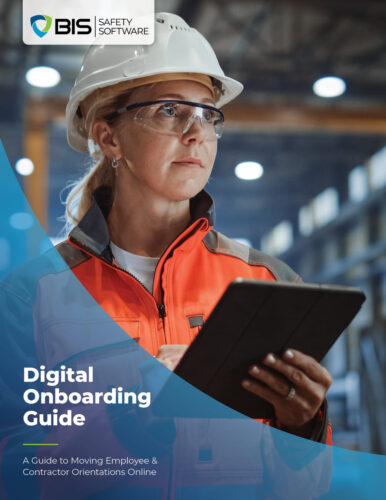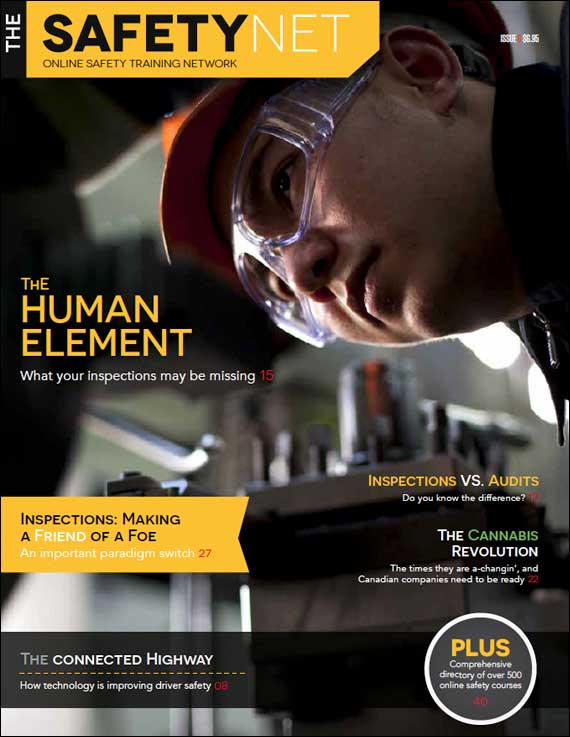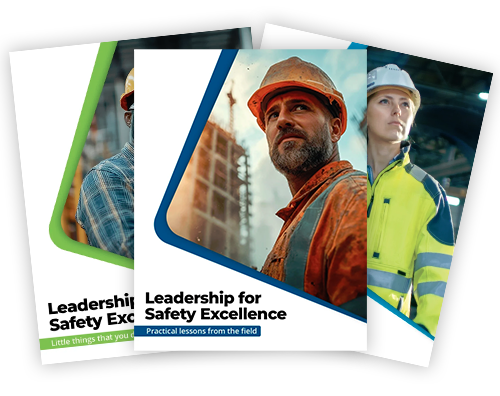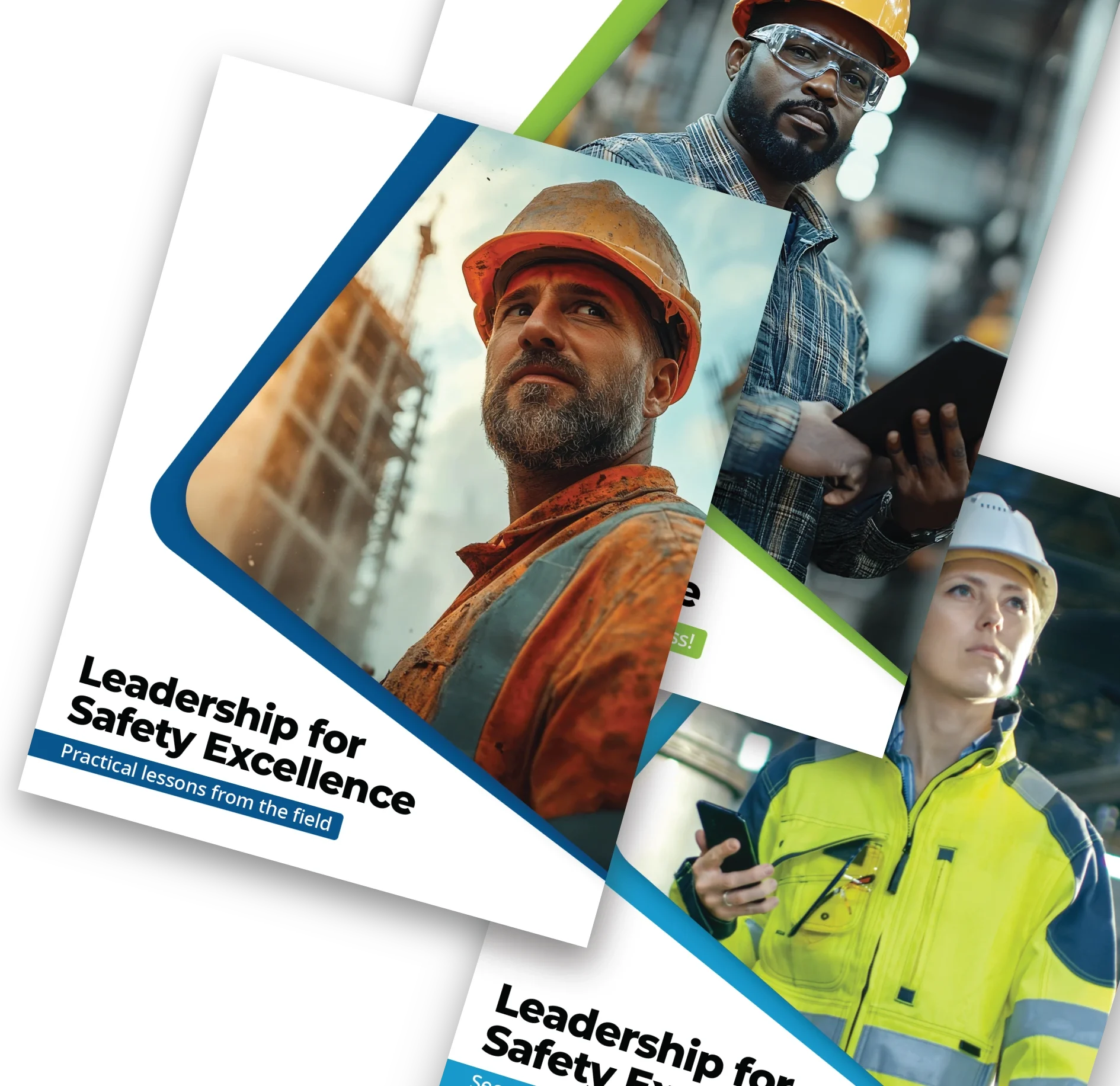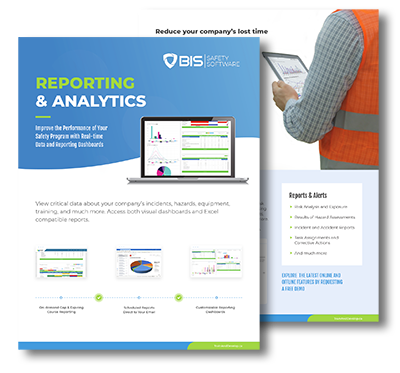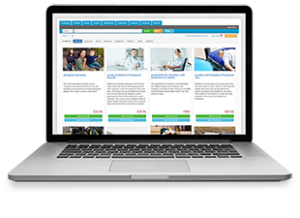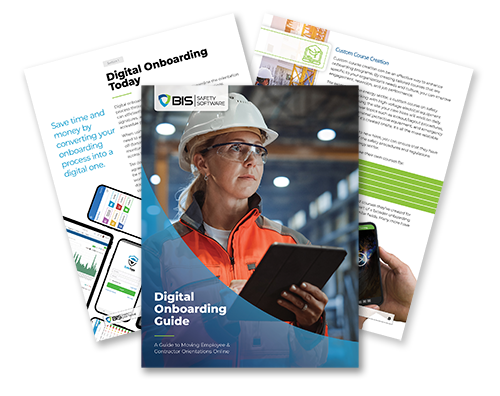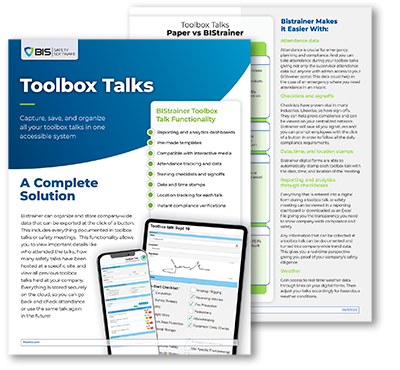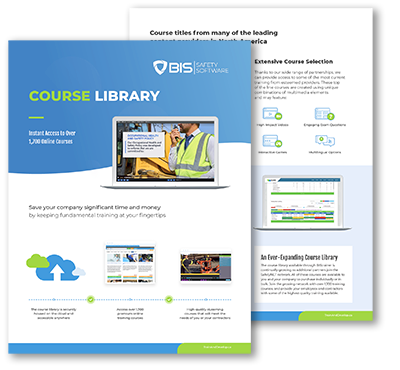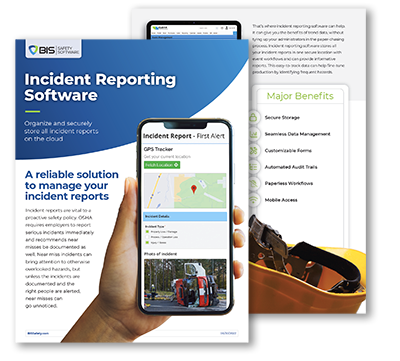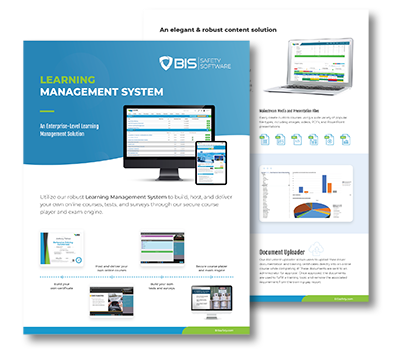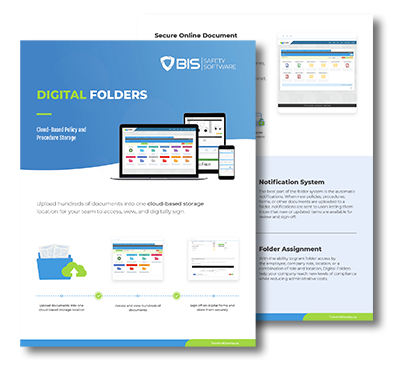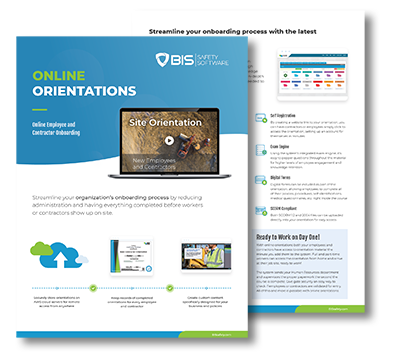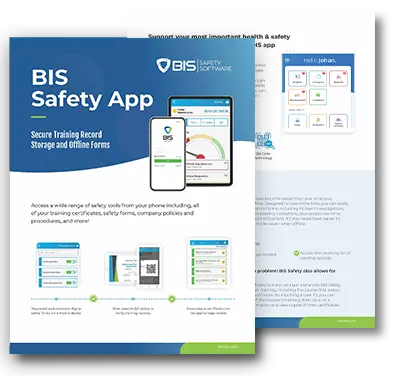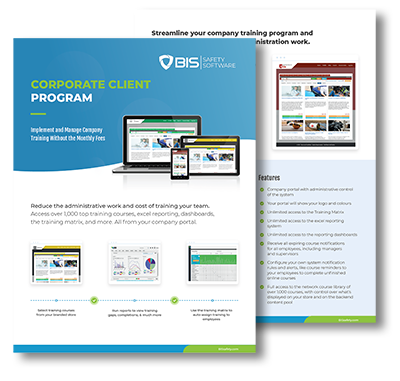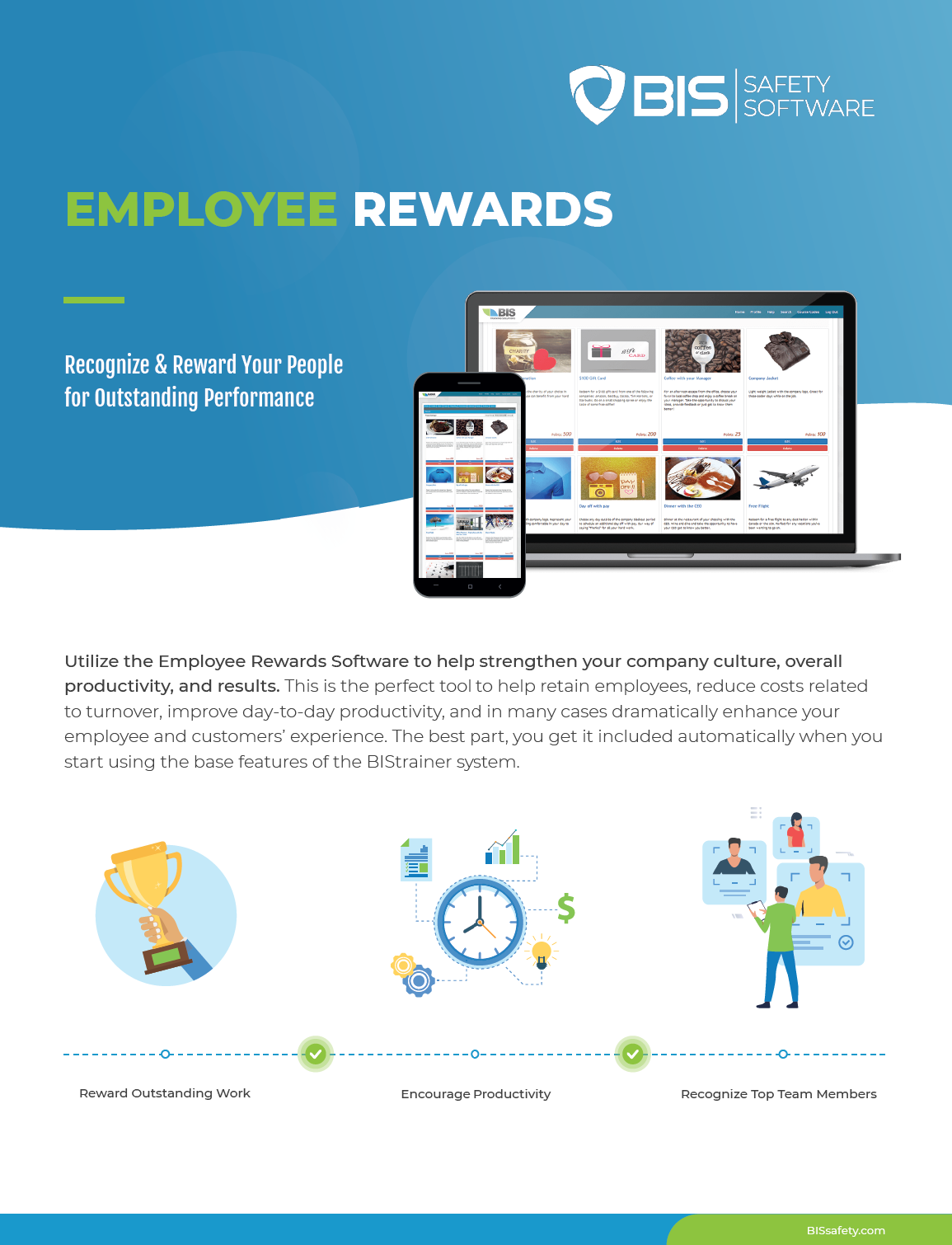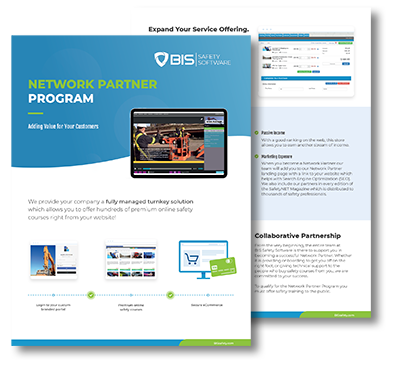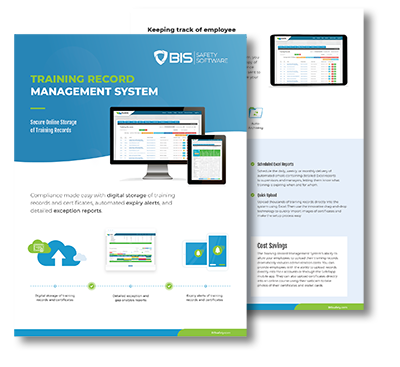Crafting the Perfect Risk Assessment Matrix for Your Workplace
Table Of Contents:
- Understanding the Fundamentals of Risk Assessment Matrices
- Identifying Hazards and Risks in Your Workplace
- Assessing the Severity and Likelihood of Risks
- Assessing the Severity and Likelihood of Risks
- Crafting Your Perfect Risk Assessment Matrix
- Implementing and Monitoring Risk Control Measures
- Real-Life Examples and Best Practices
- Conclusion
Every organization faces risks that can jeopardize the safety of its workforce. Understanding the fundamentals of a risk assessment matrix is crucial for effective hazard analysis. This guide will outline how to identify workplace hazards, assess their severity and likelihood, and implement control measures. By the end, you’ll learn practical strategies to create a comprehensive risk assessment matrix tailored to your workplace, helping you ensure employee safety and compliance. If you’re struggling with managing workplace hazards and want to enhance your organization‘s safety practices, this content is designed to provide the solutions you need.
Understanding the Fundamentals of Risk Assessment Matrices

Understanding a Risk Assessment Matrix is crucial for effective project management. It helps identify, analyze, and prioritize risks while providing a clear policy for mitigation. In this section, We will cover the definition of a Risk Assessment Matrix, its importance in navigating workplace uncertainty, and the key components that make it an essential tool for maintaining safety and compliance.
Defining a Risk Assessment Matrix
A Risk Assessment Matrix is a vital tool in safety management systems, allowing organizations to systematically identify and evaluate hazards associated with workplace activities. Through this framework, We can categorize risks based on their probability of occurrence and the impact they could have on worker health and safety. By incorporating research and data, We develop a comprehensive health risk assessment that addresses issues like fatigue, ensuring that all potential dangers are considered and documented effectively.
- Identify potential hazards within the workplace.
- Evaluate the likelihood and severity of each hazard.
- Prioritize risks to focus on the most critical issues.
- Implement strategies to mitigate identified risks.
- Regularly review and update the matrix to adapt to new workplace conditions.
Importance of Risk Assessment in the Workplace
The importance of risk assessment in the workplace cannot be overstated. By systematically measuring the odds of potential hazards and evaluating their frequency and impact, We can prioritize risks effectively, ensuring that stakeholder interests are safeguarded. This proactive approach helps to mitigate potential conflicts of interest that may arise when different parties have varying perspectives on safety issues, ultimately fostering a safer and more compliant work environment.
Key Components of a Risk Assessment Matrix
When crafting a Risk Assessment Matrix, it’s essential to focus on key components that define its effectiveness in risk management. First, We establish a clear system for categorizing risks based on their complexity and potential injury impact, helping prioritize which hazards need immediate attention. Utilizing advanced risk management software can enhance this process by providing data-driven insights, enabling me to make informed decisions and demonstrate an expert understanding of workplace safety challenges.
Identifying Hazards and Risks in Your Workplace

In our experience, identifying common workplace hazards is the first step in developing an effective risk assessment matrix. This process involves recognizing potential risks that could impact operational risk, understanding our risk appetite, and leveraging the skill and resources available. Engaging staff in the risk identification process significantly enriches our insights, laying the foundation for a comprehensive approach to workplace safety and compliance.
Common Workplace Hazards to Consider
When identifying common workplace hazards, We focus on various factors that can lead to accidents or injuries. These include physical hazards like machinery or vehicles that pose risks of strain or collision, ergonomic issues that may arise from repetitive actions, and environmental factors such as poor lighting or slip hazards. Conducting a root cause analysis allows me to understand these risks better, leading to effective strategies for enhancing workplace safety:
- Physical hazards (machinery and vehicles)
- Ergonomic issues (repetitive strain injuries)
- Environmental hazards (poor lighting, slip hazards)
Methods for Identifying Potential Risks
To effectively identify potential risks, We employ a range of strategies that enhance visibility across the workplace landscape. Utilizing risk management software plays a crucial role in this process, as it allows me to collect and analyze data systematically. Additionally, We conduct regular audits and encourage open communication with team members, which helps uncover hidden risks that might otherwise go unnoticed.
Involving Staff in the Risk Identification Process
Involving staff in the risk identification process is essential for enhancing occupational safety and health within a manufacturing environment. By tapping into the knowledge and experiences of team members, We can gain valuable insights into potential risks that may not be immediately apparent. This collaborative approach not only improves the accuracy of our risk assessments but also encourages a culture of safety where everyone feels responsible for minimizing hazards and understanding the probability of incidents occurring.
Assessing the Severity and Likelihood of Risks

Assessing the Severity and Likelihood of Risks
To effectively craft a risk assessment matrix, it’s essential to determine risk severity levels, which helps me understand the potential impact on productivity. Next, evaluating the likelihood of occurrence allows me to gauge how often risks may affect our operations. Lastly, We will discuss using scales to rate risks effectively, facilitating clear risk communication and informed decision-making while aligning with our organization‘s risk appetite.
Determining Risk Severity Levels
Determining risk severity levels is a critical step in crafting an effective risk assessment matrix. We utilize a heat map approach to visually represent the impact of various risks, which not only aids in prioritizing them but also enhances our safety culture by making potential threats more tangible. This process becomes increasingly relevant as we navigate challenges such as those posed by the pandemic, positioning our organization to align with the standards set by the International Organization for Standardization, while also facilitating thorough audits to address these risks appropriately.
Evaluating the Likelihood of Occurrence
Evaluating the likelihood of occurrence is a critical aspect of building a robust risk assessment matrix. In our experience, We have found that analyzing past data, such as accident reports and health records, allows me to determine how often certain risks, including disease outbreaks or construction-related hazards, may arise. This evaluation enables me to prioritize areas needing immediate attention and to guide leadership decisions effectively, ultimately enhancing our internal audit processes and promoting workplace safety.
- Analyze past data from accident reports and health records.
- Identify how often risks, such as disease outbreaks, may occur.
- Prioritize risks to guide leadership decisions and safety measures.
- Enhance internal audit processes for thorough risk management.
Using Scales to Rate Risks Effectively
Using scales to rate risks effectively is an essential part of developing a robust risk assessment matrix. We often employ a simple numerical system that facilitates clear communication about the severity and likelihood of each identified risk. This methodology allows our team to engage in brainstorming sessions that prioritize action items based on quantitative data, enabling us to tackle the most pressing issues first and enhance overall workplace safety.
Crafting Your Perfect Risk Assessment Matrix

Creating an effective Risk Assessment Matrix requires a systematic approach. In this section, We will guide you through a step-by-step process to craft the matrix tailored to your workplace needs. We will also discuss simple tools and templates that can simplify this task, making it easier to implement robust safety measures that ensure compliance and enhance employee wellbeing.
Step-by-Step Guide to Creating the Matrix
To create the perfect Risk Assessment Matrix for your workplace, We follow a systematic approach that ensures all potential hazards are evaluated thoroughly. First, We gather input from our team to identify risks unique to our environment. Next, We assess the severity and likelihood of each risk, using a simple scale to facilitate discussions and decision-making. Finally, We document these findings in a matrix format, which provides clear visibility into our risk landscape and aids in developing targeted mitigation strategies to enhance overall safety and compliance.
Customizing the Matrix for Your Workplace Needs
Customizing the Risk Assessment Matrix for our workplace involves understanding the specific hazards associated with our operations. For instance, We tailor the matrix to reflect elements such as equipment usage, workplace layout, and employee roles, ensuring that it addresses our unique safety concerns. By engaging our team in this process, We gain valuable insights that help create a more relevant and effective tool for managing risks, enhancing both safety and compliance across the organization.
Tools and Templates to Simplify the Process
To streamline the development of a Risk Assessment Matrix, We find that utilizing specific tools and templates can significantly enhance efficiency and accuracy. Various Safety software platforms offer pre-built matrix templates that allow for easy customization according to our organizational needs. For example, platforms like Microsoft Excel or dedicated safety management systems provide functionalities that help me input data effortlessly, analyze risks, and visualize outcomes, making the process more manageable for our team.
Implementing and Monitoring Risk Control Measures

In implementing and monitoring risk control measures, We focus on developing actionable plans for risk mitigation, ensuring that responsibilities are clearly assigned with deadlines. Regularly reviewing and updating the Risk Assessment Matrix is crucial for adapting to new challenges. These steps empower our team to proactively manage risks and maintain a safe workplace environment.
Developing Action Plans for Risk Mitigation
Developing actionable plans for risk mitigation is a fundamental step in ensuring workplace safety through a well-structured Risk Assessment Matrix. In practice, We begin by clearly defining specific measures for each identified risk, assigning roles and responsibilities to team members, and establishing timelines for implementation. For instance, if a machine poses a significant hazard, We might implement regular maintenance checks and staff training sessions, creating a proactive culture that enhances health and safety compliance across the organization.
Assigning Responsibilities and Deadlines
Assigning responsibilities and deadlines is vital in ensuring the effective implementation of risk control measures within a Risk Assessment Matrix. In our experience, clearly delineating who is responsible for each action item helps maintain accountability and fosters a collaborative environment. For instance, We assign specific team members to conduct regular safety audits by set deadlines, which not only promotes adherence to safety standards but also empowers employees to take ownership of their tasks, ultimately enhancing overall workplace safety and compliance.
Regularly Reviewing and Updating the Matrix
Regularly reviewing and updating the Risk Assessment Matrix is fundamental to maintaining an effective safety management system. In our experience, We find that this process should occur at least annually or whenever significant changes in the workplace occur, such as new equipment, processes, or regulations. This proactive approach not only ensures that our risk assessments remain relevant but also helps identify new hazards, demonstrating our commitment to a culture of safety and compliance.
This practice resonates deeply with our ongoing safety efforts:
Real-Life Examples and Best Practices
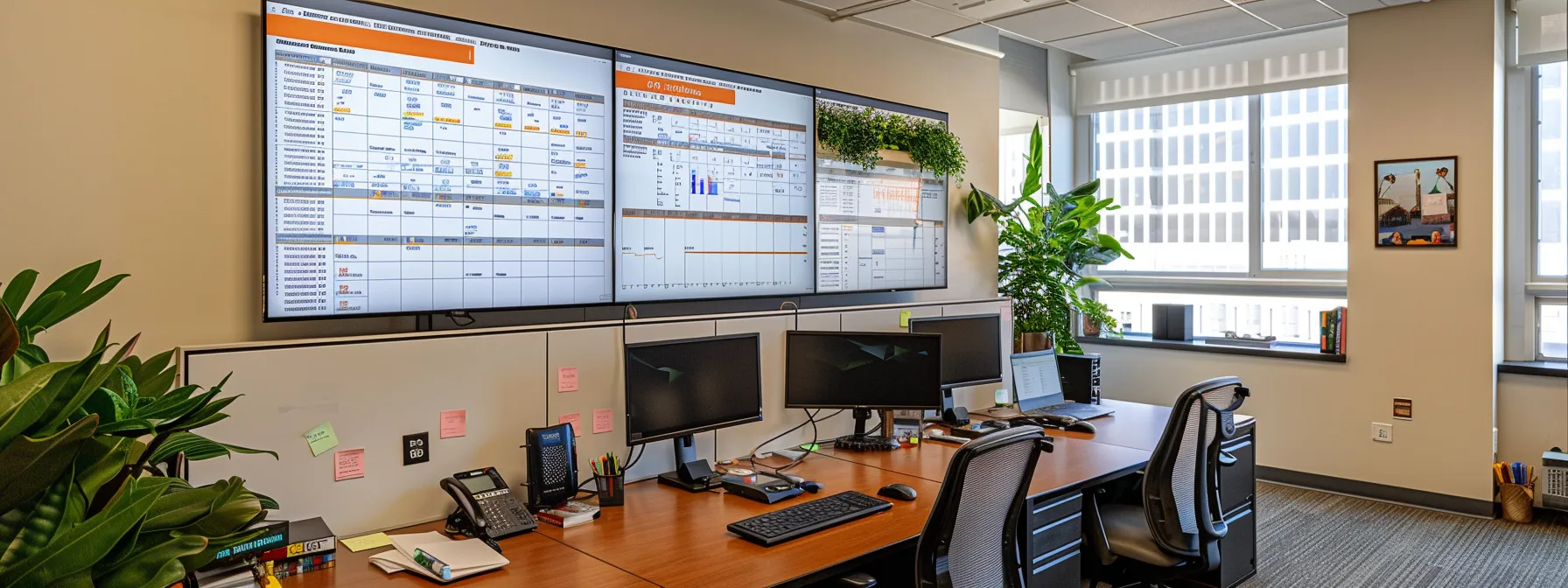
In this section, We will share valuable insights through case studies of successful risk assessments that demonstrate effective practices. We will also highlight common mistakes to avoid when crafting a risk assessment matrix. Additionally, I’ll offer practical tips for maintaining a safe workplace environment, ensuring that these best practices are accessible and relevant to your safety management efforts.
Case Studies of Successful Risk Assessments
In our experience, analyzing case studies of successful risk assessments provides invaluable insights into effective practices. For instance, one manufacturing company implemented a robust risk assessment matrix that resulted in a 30% reduction in workplace accidents over a year. By actively involving employees in identifying hazards and regularly updating the matrix, they not only enhanced safety compliance but also fostered a culture of accountability and proactive risk management across the organization.
Common Mistakes to Avoid
One of the most common mistakes I’ve encountered while crafting a Risk Assessment Matrix is neglecting to involve employees in the process. Their on-the-ground experience provides insights into potential hazards that may not be immediately apparent to management. Additionally, failing to regularly update the matrix can lead to outdated assessments, leaving the organization vulnerable to new risks that emerge over time, which undermines the very purpose of the matrix to maintain workplace safety and compliance.
Tips for Maintaining a Safe Workplace Environment
Maintaining a safe workplace environment is an ongoing commitment that requires consistent effort and vigilance. We prioritize regular training sessions for staff, ensuring they are aware of safety procedures and can properly identify hazards. Engaging employees in active discussions about safety not only empowers them but also fosters a culture of accountability where everyone shares the responsibility for workplace safety.
Conclusion
Crafting the perfect Risk Assessment Matrix is essential for ensuring workplace safety and compliance. By systematically identifying and evaluating risks, organizations can prioritize hazards and implement effective mitigation strategies. Regularly updating the matrix keeps assessments relevant and proactive, fostering a culture of accountability and vigilance among employees. Ultimately, a well-structured Risk Assessment Matrix empowers teams to tackle potential dangers head-on, significantly enhancing overall workplace safety.





